|
|
 |
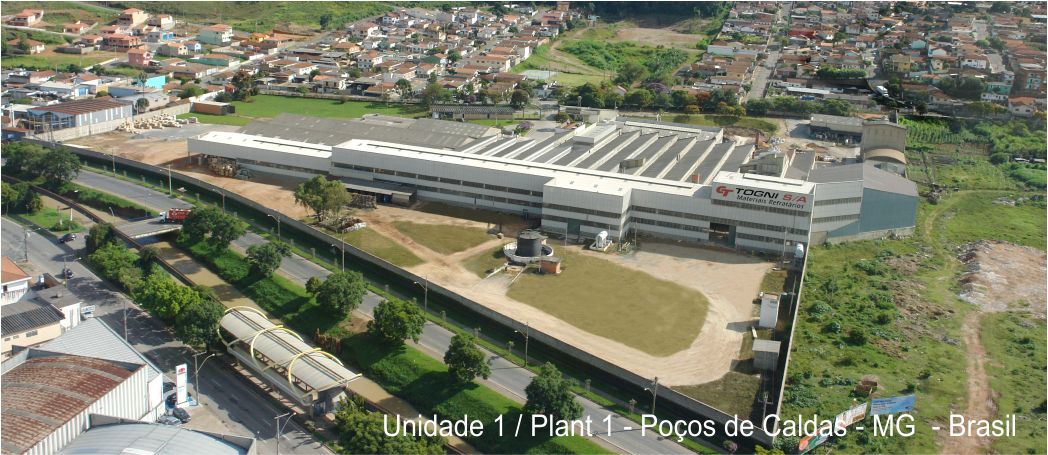 |
|
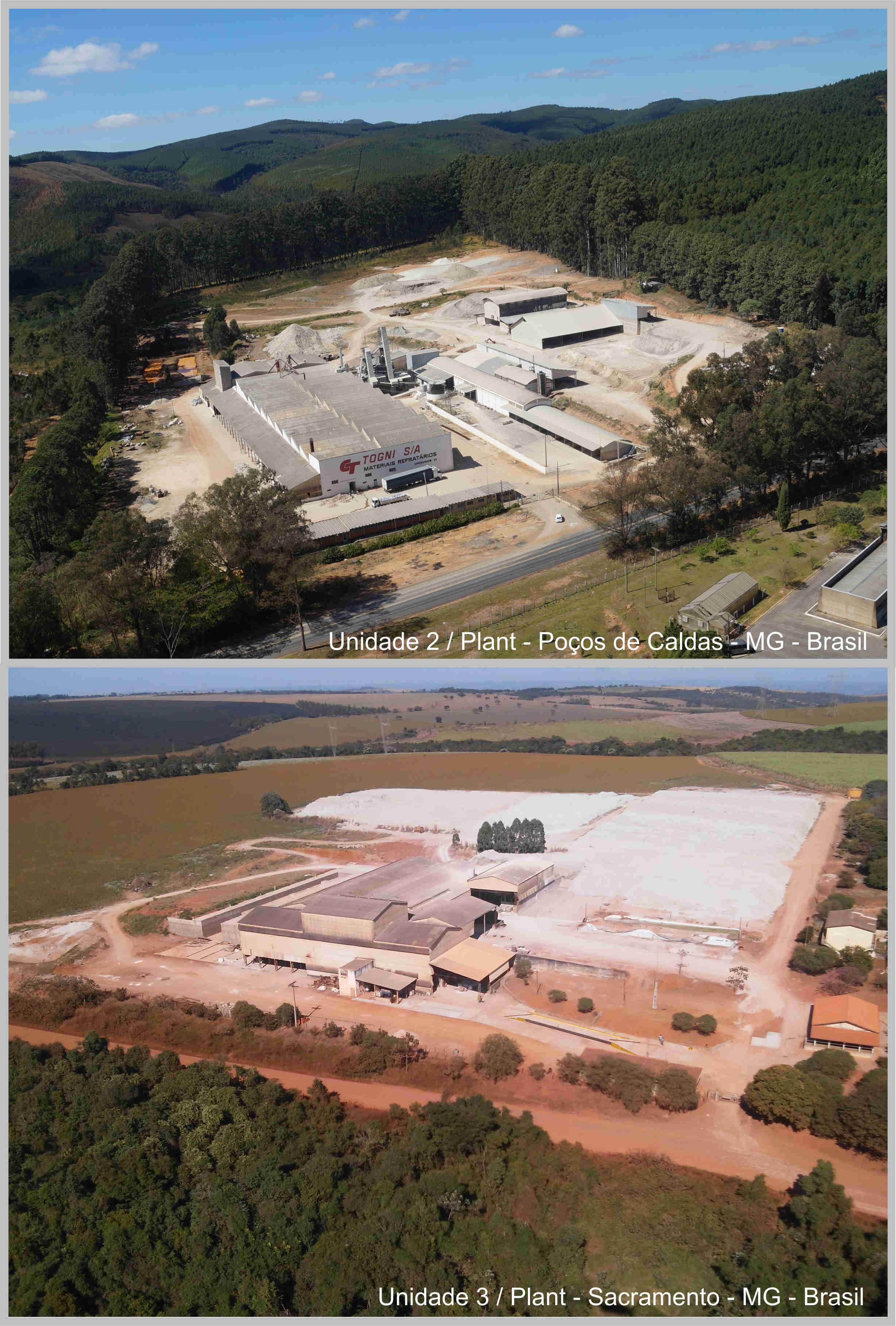 |
TOGNI S/A – REFRACTORY MATERIALS has been in activity in Poços de Caldas, MG-Brazil, since the beginning of the 20th century. Originally, the company used to manufacture building bricks and roof tiles. The production of refractories materials started in 1954, when TOGNI pioneered the use of local clay and made their high quality known.
Today, TOGNI uses advanced tecnology in two wholly integrated plants in Poços de Caldas and a third unit located in Sacramento, Triângulo Mineiro. Important reserves and the plant's own mining companies ensure the supply of basic strategic raw materials.
With a total annual installed production capacity of 60,000 tons, TOGNI maintains a widely diversified product line, which enables the company to meet several needs, such as those of steelmaking, cement and lime, ceramics, paper and cellulose, foundries, glass, chemical and petrochemical, boilers, incinerators, etc. Intense research and sound technical support allow the development of suitable products which meet each individual client's operational needs.
TOGNI is part of a group of companies, active in field of refractory materials, specialized mechanics, mining, reforestation and quarrying for producing dimension stones.
|
|
 |
|
|
| |
 |
|
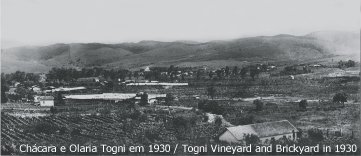 |
| |
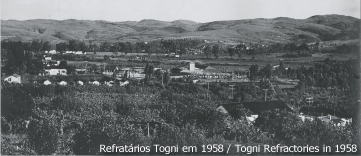 |
| |
 |
| |
In order to resist high temperatures, furnaces, kilns, reactors, and numerous other types of equipment need to have their inside surfaces lined with materials that will be capable of maintaining their physical and
chemical stability at high temperatures, in addition to having other properties. These materials will often have to withstand heat, abrasion, erosion, and chemical attack from solids, liquids, gases, and undergo sudden great variations of temperature. Their use is required whenever temperatures exceed 500 ºC (950 ºF).
These materials are given the designation of Refractories and belong to the Ceramic Group which, together with Metals and Polymers, constitute the three groups or division of Materials.
|
|
| |
The historical entanglement between thermal manufacturing processes and refractory technology starts with the discovery of fire. Mother Nature provided the first refractories – stone crucibles – where native metals were softened for beating out primitive tools. As Man started dominating fire he soon discovered that the firing of clay would lead the obtaining stable shapes with high mechanical strength from a raw material such as clay. Objects of varied shapes and used for various purposes were obtained. The birth of the ancestors of present day refractories was being registered.
These materials were actually born at the same time as metal making, and have over time followed the evolution of steel-making step by step. Today, five thousand years later, refractories are manufactured from a large variety of raw materials and into hundreds of different shapes and chemical compositions. These developments have made possible the manufacturing processes that require high temperatures, such as those that are involved in the production of steel and all other types of metals, glass and chemical, petrochemical, and ceramic products.
|
| |
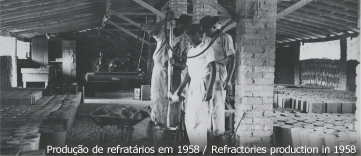 |
| |
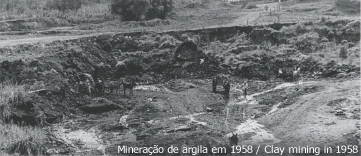 |
|
|
|
|
|
|
| |
|
|
|

